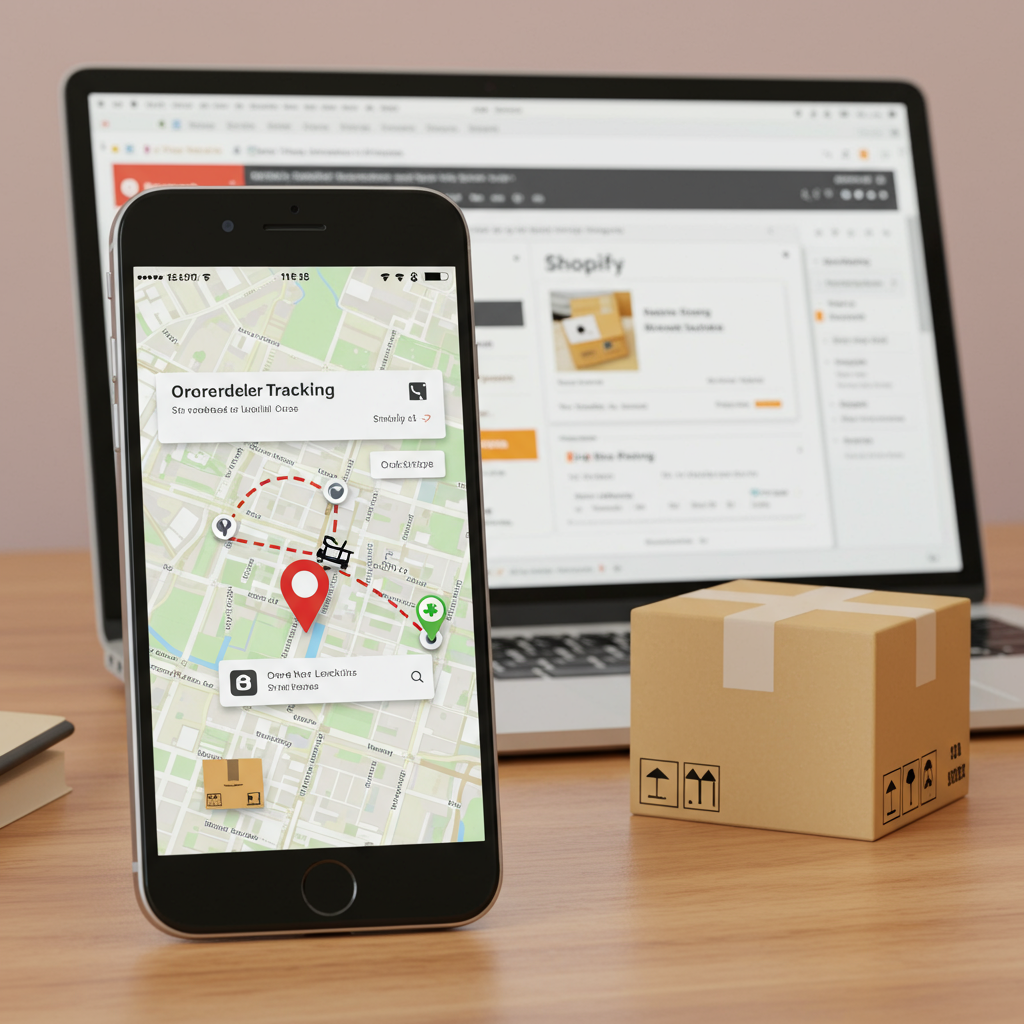Elevate your customer’s post-purchase experience and build lasting trust with robust order tracking solutions for your Shopify store.
As a Shopify merchant, I know you’re always looking for ways to enhance your customer’s post-purchase experience. It’s not just about making the sale; it’s about building lasting relationships and fostering loyalty.
One of the most critical elements in achieving this is robust order tracking. It’s a feature customers expect, and it significantly impacts their satisfaction and trust in your brand.
Today, I want to walk you through the ins and outs of order tracking integration for your Shopify store. We’ll cover why it’s essential, what options are available, and how to implement them effectively.
My goal is to demystify this process, helping you provide transparency and peace of mind to your customers, ultimately leading to fewer ‘Where’s my order?’ inquiries.
Think about it from a customer’s perspective. Once they’ve clicked ‘buy,’ their excitement shifts to anticipation. They want to know exactly when their eagerly awaited package will arrive.
Providing clear, real-time tracking updates alleviates anxiety. It transforms a potentially stressful waiting period into an engaging, transparent journey.
For you, the merchant, the benefits are equally compelling. Proactive tracking reduces customer service inquiries, freeing up your team to focus on more complex issues.
It also builds trust and credibility. A brand that keeps its customers informed throughout the delivery process is perceived as reliable and professional.
Furthermore, a positive post-purchase experience, heavily influenced by tracking, can significantly boost customer loyalty and encourage repeat purchases.
Shopify does offer some basic order tracking functionality right out of the box. When you fulfill an order and add a tracking number, customers receive an email with a link to the carrier’s website.
This is a good starting point, but it often lacks the branded experience and detailed updates that modern customers expect.
The customer is redirected away from your store, potentially to a generic carrier page, which can feel disjointed and less professional.
It also means you lose control over the messaging and the opportunity to upsell or cross-sell during the tracking process.
This is where third-party order tracking integrations come into play. They bridge the gap between basic functionality and a truly exceptional post-purchase experience.
These solutions typically offer a branded tracking page hosted on your domain, consistent updates, and often, proactive notifications.
They aggregate data from multiple carriers, providing a unified view of all shipments, regardless of which logistics partner you’re using.
When evaluating different tracking solutions, I recommend looking for several key features. First, real-time updates are crucial. Customers want to know the precise status of their package at any given moment.
A branded tracking page is another must-have. This allows you to maintain your brand’s look and feel throughout the entire customer journey, reinforcing your identity.
Customizable notification triggers are incredibly valuable. You should be able to send automated emails or SMS messages for events like ‘in transit,’ ‘out for delivery,’ or ‘delivered.’
Multi-carrier support is essential, especially if you ship internationally or use various carriers for different product types or regions.
Look for solutions that offer analytics and reporting. Understanding delivery performance, common delays, and customer engagement with tracking pages can provide valuable insights.
Integration with your customer service tools, like a help desk, can streamline support by giving your team immediate access to tracking information.
Finally, consider the ease of setup and ongoing management. A complex system can negate the benefits it offers.
So, how do you integrate one of these powerful solutions? The process is generally straightforward.
**Step 1: Choose Your Solution.** Browse the Shopify App Store. Read reviews, compare features, and consider your budget and specific needs. Many offer free trials, which I highly recommend.
**Step 2: Installation.** Once you’ve selected an app, installation is usually a one-click process directly from the Shopify App Store.
**Step 3: Configuration.** This is where you’ll set up your preferences. You’ll connect your shipping carriers, customize your branded tracking page, and configure your notification settings.
You’ll also typically integrate it with your Shopify order fulfillment process, ensuring tracking numbers are automatically pushed to the tracking app.
**Step 4: Testing.** Before going live, always perform thorough testing. Place a test order, track it through the system, and ensure all notifications are firing correctly.
Verify that the branded tracking page looks good and functions as expected on both desktop and mobile devices.
Once integrated, there are a few best practices I encourage you to adopt. Always communicate clearly with your customers about their tracking options.
Set realistic expectations regarding delivery times. While tracking provides transparency, external factors can still cause delays.
Leverage the data provided by your tracking solution. Identify patterns in delivery issues or customer inquiries to continuously improve your logistics.
And remember, even with the best tracking, be prepared to offer prompt and helpful support if a customer has a specific question or issue with their delivery.
Some advanced tracking solutions even incorporate AI and machine learning to predict potential delays or proactively identify issues before they become major problems.
This allows for truly proactive customer service, where you might even notify a customer of a potential delay before they even realize it.
Implementing a robust order tracking system is more than just a convenience; it’s a strategic investment in your customer experience and brand reputation.
It transforms a transactional process into a transparent, engaging journey, fostering loyalty and reducing post-purchase anxiety.
I truly believe that by taking these steps, you’ll not only streamline your operations but also significantly elevate your customer’s perception of your Shopify store.
What are your thoughts on this article? Do you have any specific challenges or successes with order tracking that you’d like to share?






